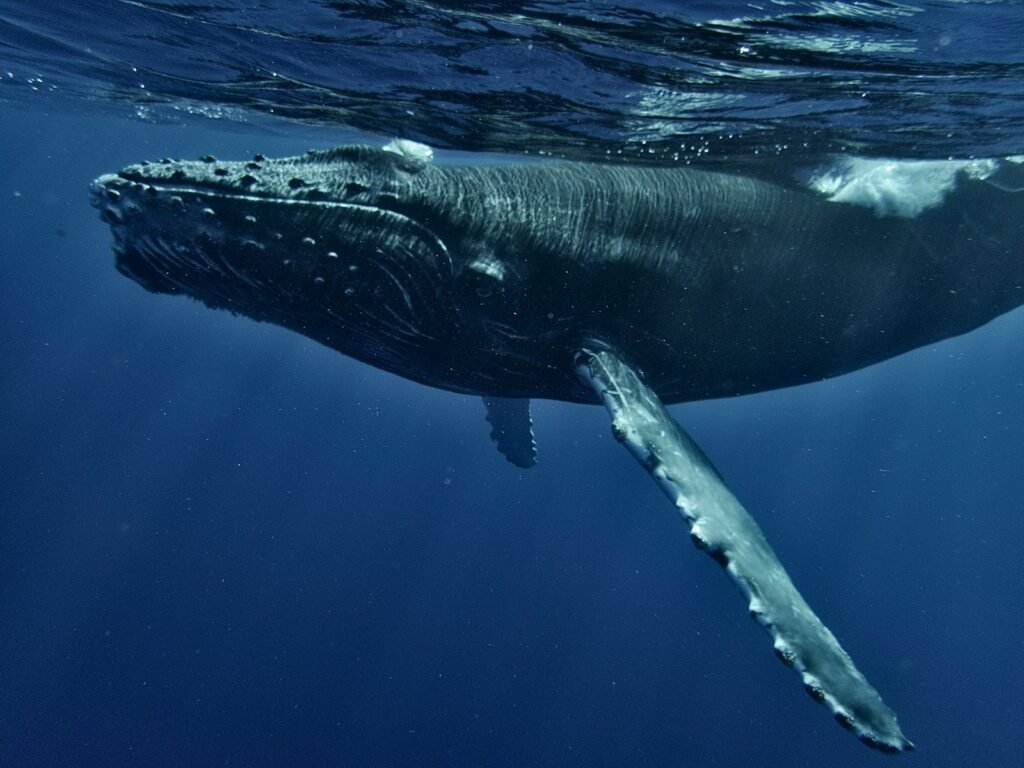The winter sun over Georgia’s coast has a way of turning the sea into hammered silver, and this past year those waters carried a rare glimmer of good news. After years of grim headlines, scientists tallied a decade-high pulse of North Atlantic right whale calves in the 2023–2024 season, many first seen in the Southeast calving grounds that stretch from Florida through Georgia. Then, just months later, the 2024–2025 season reminded everyone how fragile the rebound is, closing with only a handful of newborns. This is the rhythm of modern right whale conservation: elation, then urgency, always within sight of extinction. What changed, why Georgia’s shoreline matters so much, and where technology and policy could steer the story next are the questions driving researchers, pilots, and coastal communities into the air and onto the water.
The Hidden Clues

On a calm December morning, the first identified mother–calf pair of the 2024–2025 season surfaced off Sapelo Island, Georgia, their V-shaped blows briefly etching the air before disappearing into the winter glare. That early sighting matters because every confirmed mom and calf becomes a thread in a real-time map used to protect whales from ship traffic and fishing gear. Georgia’s coastal corridor sits in the heart of the species’ only known calving grounds, so these first flashes of life are often spotted by aerial teams scanning the sea in disciplined transects. The data they gather help verify which females are still reproducing and how often, a rate that has slowed from a healthy interval of about three years to far longer in many cases. I remember watching one of those survey planes carve neat zigzags above St. Simons Sound – small, relentless acts that turn a blank ocean into evidence. These clues shape daily decisions, like where to slow boats and how to route traffic when whales are present.
A Season of Highs, Then a Hard Landing
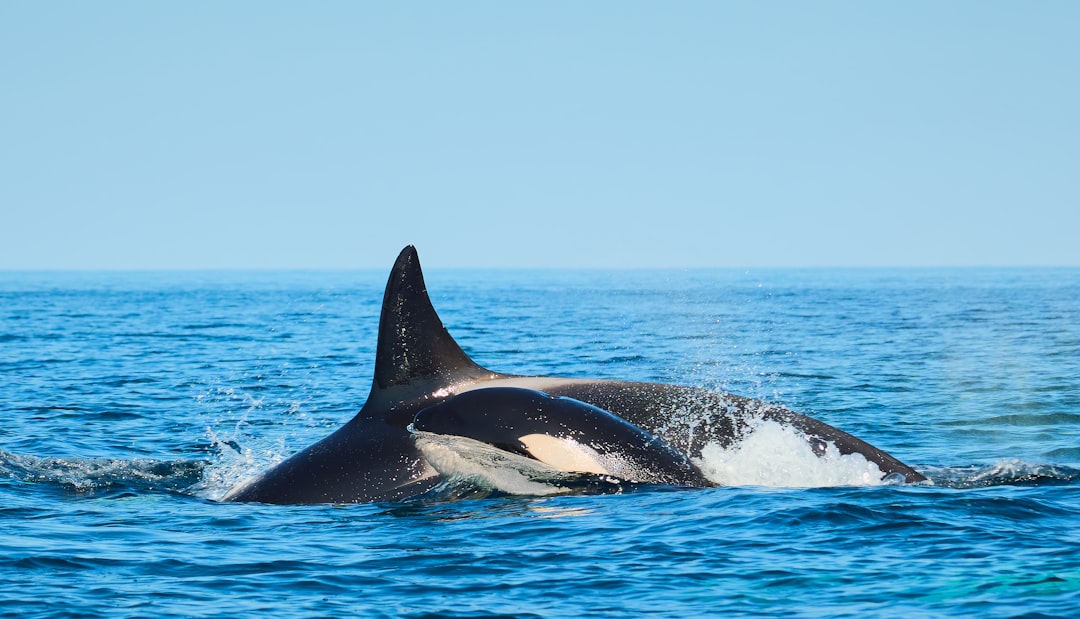
Here’s the whiplash: the previous winter delivered roughly twenty calves – the strongest year in about a decade for this species – nudging optimism back into the conversation. Conservation teams credited persistent monitoring and a stretch of favorable conditions, even as several calves did not survive. But the 2024–2025 season slammed the brakes, closing with only about eleven calves documented across the range, including a late surprise pair first spotted far from the usual nursery waters. The swing underscores how razor-thin the margin is for a population of only a few hundred animals and fewer than one hundred breeding females. It also shows how alone cannot tell the story when entanglements and vessel strikes still claim too many whales. In other words, last winter’s highs were real, but they weren’t the turning point – at least not yet.
From Ancient Tools to Modern Science
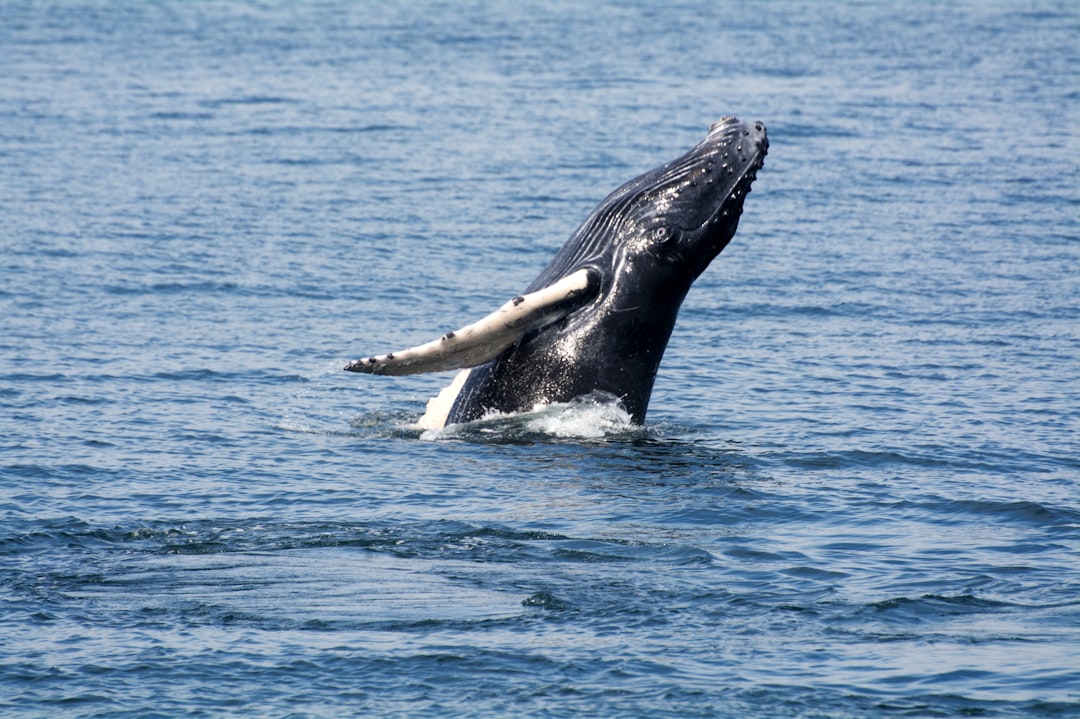
Spotting right whales used to rely on eyes alone – shore watchers, passing ships, and the occasional lucky fisherman. Today’s Georgia-based teams still use aerial surveys, but they layer them with photo-identification catalogs, satellite-informed forecasts, and rapid reporting networks that can alert mariners within hours. Each whale’s head callosities act like a fingerprint; when matched to catalog records, they reveal lineage, scars, and calving history. Those archival details matter when calculating population models that estimate how many whales are alive at any given time. The latest modeling places the population in the neighborhood of the high three hundreds during 2023, a slight improvement from earlier lows but still perilously small. This is science as triage and as compass, helping managers prioritize where protections will save the most lives.
Georgia’s Calving Coastline
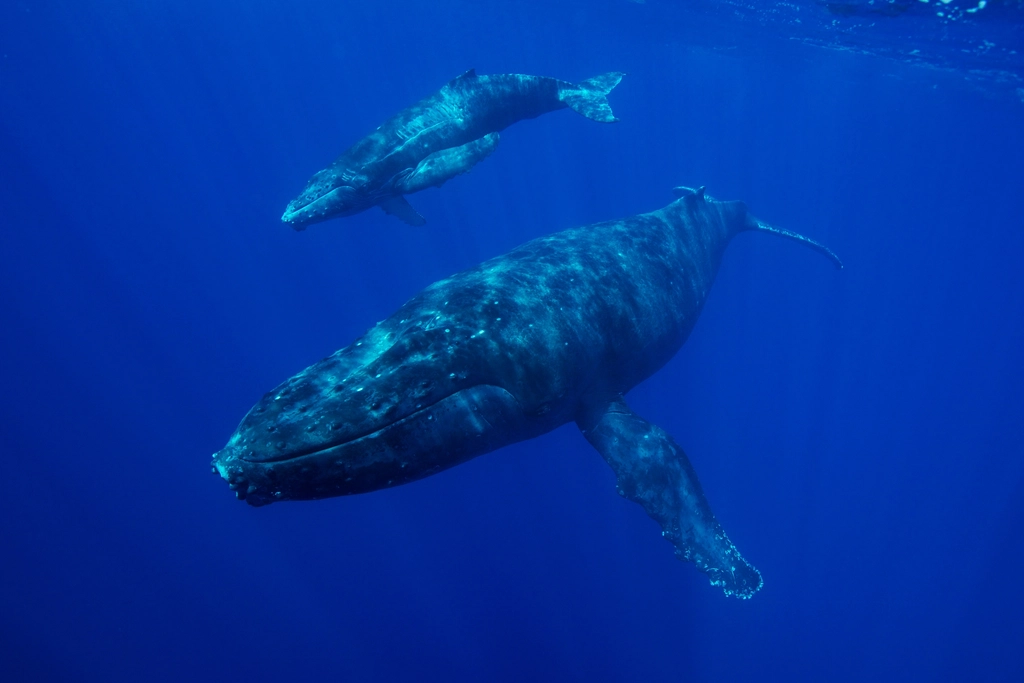
Every winter, pregnant females leave the North Atlantic’s cold, plankton-rich waters and head south to the relatively warm, shallow shelf off Florida and Georgia to give birth. Barrier islands like Sapelo and Cumberland sit adjacent to these nurseries, where calmer seas offer newborns the best odds of surviving their first months. Georgia’s pilots and biologists provide many of the season’s earliest confirmations, which in turn trigger advisories and voluntary slow zones for ships. Even this past season’s rare first sightings off Virginia and the New York–New Jersey corridor did not diminish Georgia’s central role; the Southeast remains the only known calving ground. When a calf and mother pair were finally tallied in Cape Cod Bay late in spring, it was a reminder that detections can arrive from unexpected places, but the story starts in these southern waters. The state’s vantage is strategic: what’s seen here ripples across the entire migration corridor.
Why It Matters
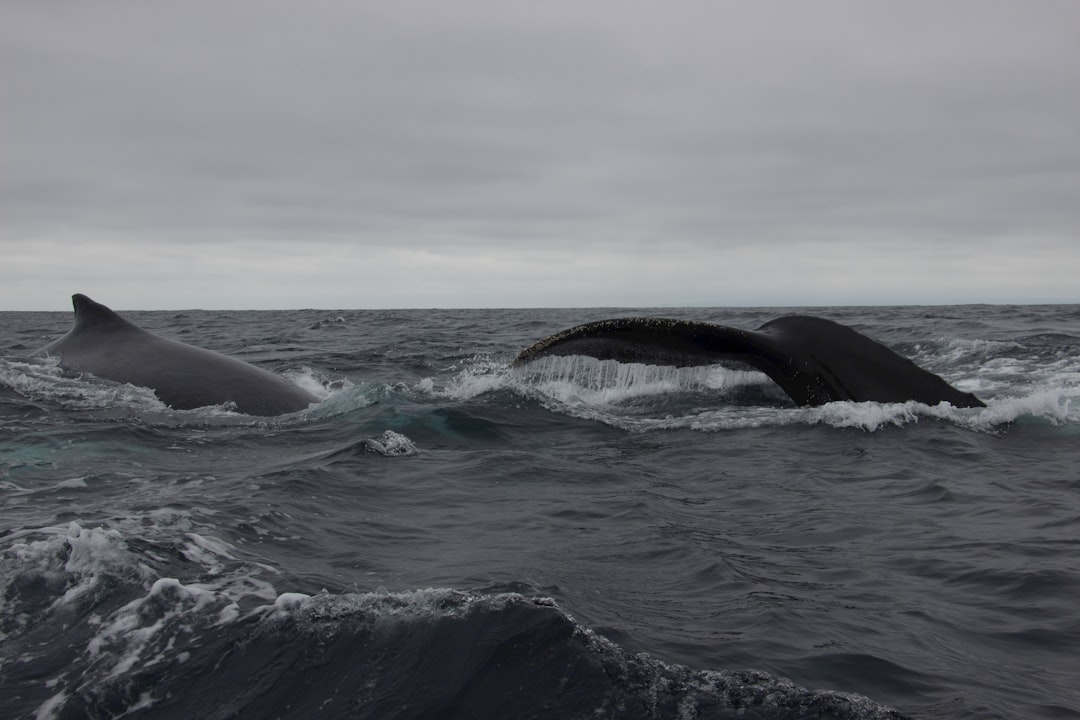
North Atlantic right whales are a test of whether a modern society can share crowded seas with giants and not erase them. Even a single successful birth can offset a loss, yet the math only works if injuries and deaths fall sharply from current levels. Scientists warn that entanglement in fishing gear and collisions with vessels remain the dominant threats, and that only a fraction of deaths are ever found. The stakes are amplified by biology: females now average far longer intervals between calves than the three-year benchmark considered healthy. That slowdown, mixed with climate-driven shifts in prey, means babies are harder to come by and harder to keep alive. In short, Georgia’s winter tally reverberates through the year, and when those numbers dip, the whole species feels it.
Policy Crosscurrents
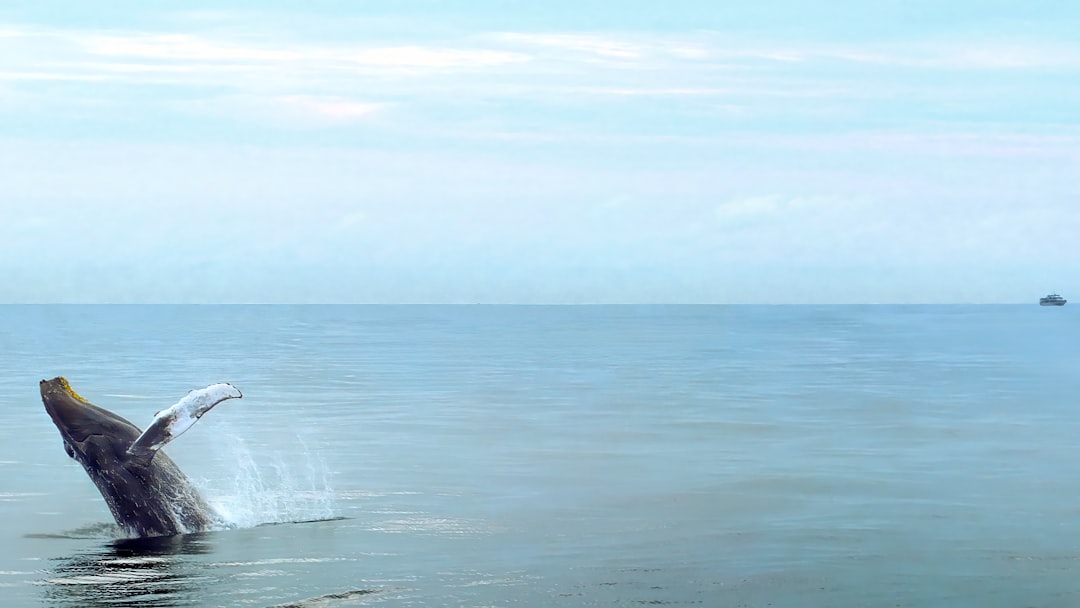
Protecting calves depends on more than good luck and sharp eyes; it needs rules that actually reduce risk where whales are present. Proposed updates to U.S. vessel speed rules have been debated for years, while Canadian authorities have tightened seasonal slowdowns in key habitats. Fishery regulations continue to evolve, with immense pressure from coastal economies and mounting evidence that traditional fixed-gear systems pose unacceptable risks. Georgia’s survey data feed into these policy conversations by showing exactly when and where mothers and calves use the coast. The tension is real and sometimes fierce, but the objective is simple: fewer dangerous interactions in the months when whales are most vulnerable. Every season without decisive changes risks turning a narrow recovery window into a closing door.
The Future Landscape
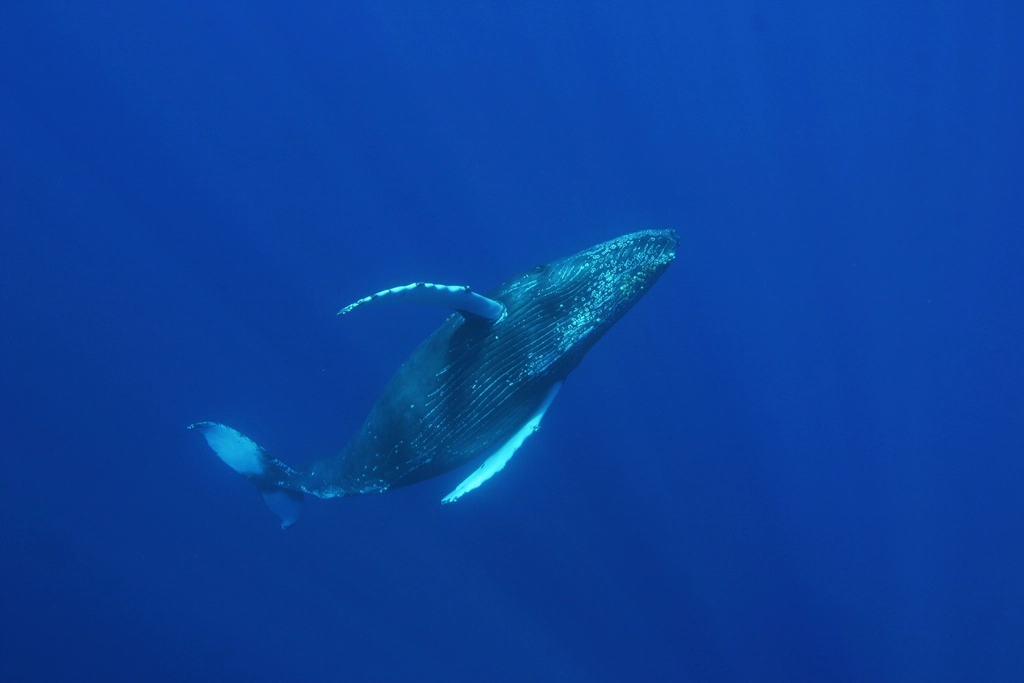
The most promising near-term advances are pragmatic: expanded aerial coverage, faster mariner alerts, and targeted slow zones driven by live detections. On the horizon, researchers and federal partners are testing on-demand “ropeless” fishing systems that remove vertical lines from the water column, as well as AI-assisted acoustic networks that can flag whale calls in time to warn ships. Satellite analytics are improving maps of likely whale presence, guiding better routing and survey planning along the Southeast shelf. Agencies are also coordinating to reduce survey conflicts with offshore wind and other ocean uses, so whale monitoring remains robust as development scales. None of this is a silver bullet, but together these tools can bend risk downward fast enough to give calves a fighting chance. Georgia’s calving coast will be the proving ground for how well these innovations work in the real world.
Global Perspectives
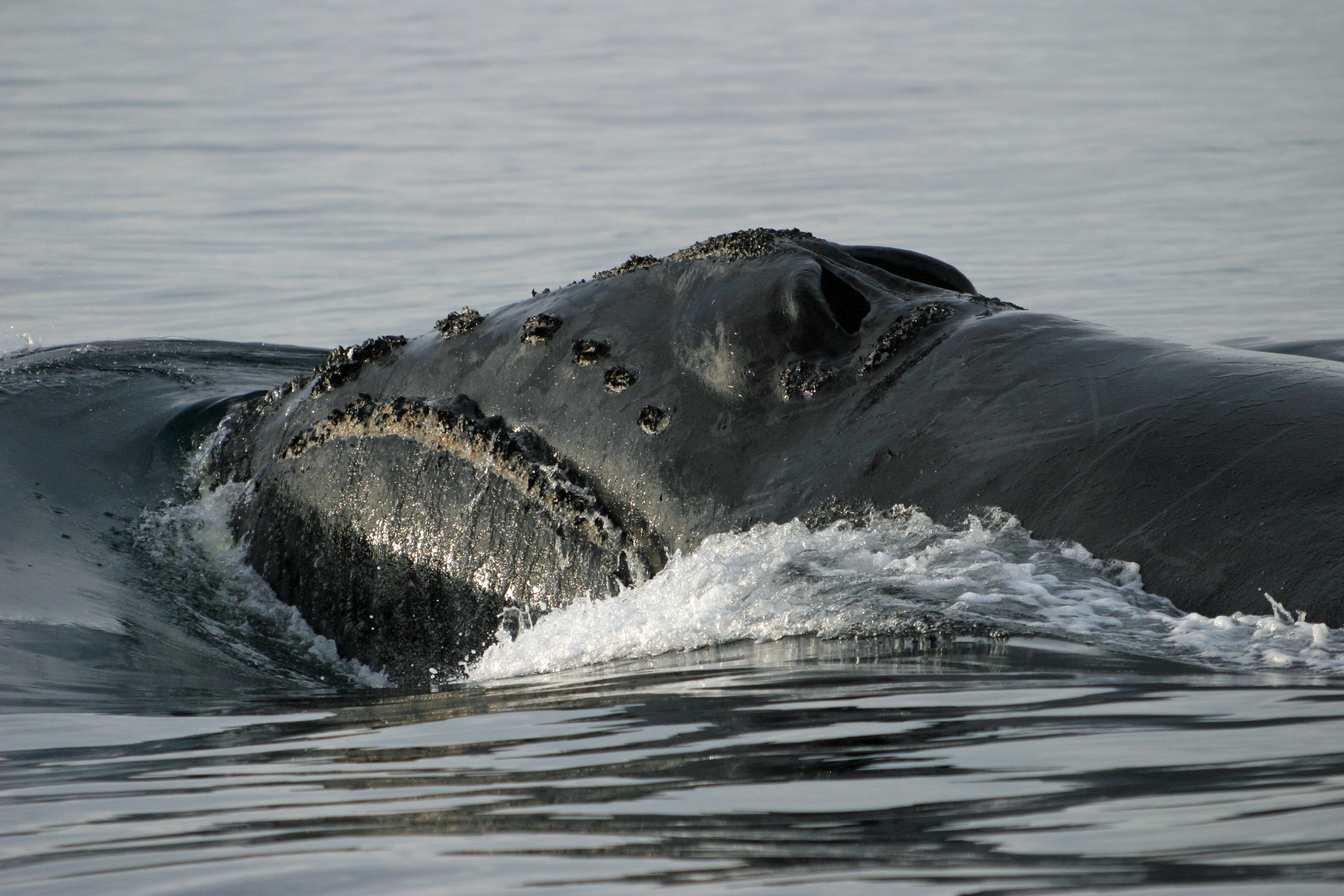
Right whales are North Atlantic specialists, but their story echoes broader challenges for large whales in busy oceans worldwide. Seasonal speed limits, dynamic management zones, and gear innovations now tested off Georgia and New England could inform protections from Patagonia to the Mediterranean. The species’ wanderings – like a rare individual documented in Irish waters in recent memory – show how changing oceans can redraw old maps. When management depends on predictable migrations, those shifts complicate everything from where to patrol to when to warn. That’s why adaptable policies and flexible technology matter more than any single boundary line on a chart. In a warming, noisier sea, nimble conservation is the only kind that keeps up.
How You Can Help
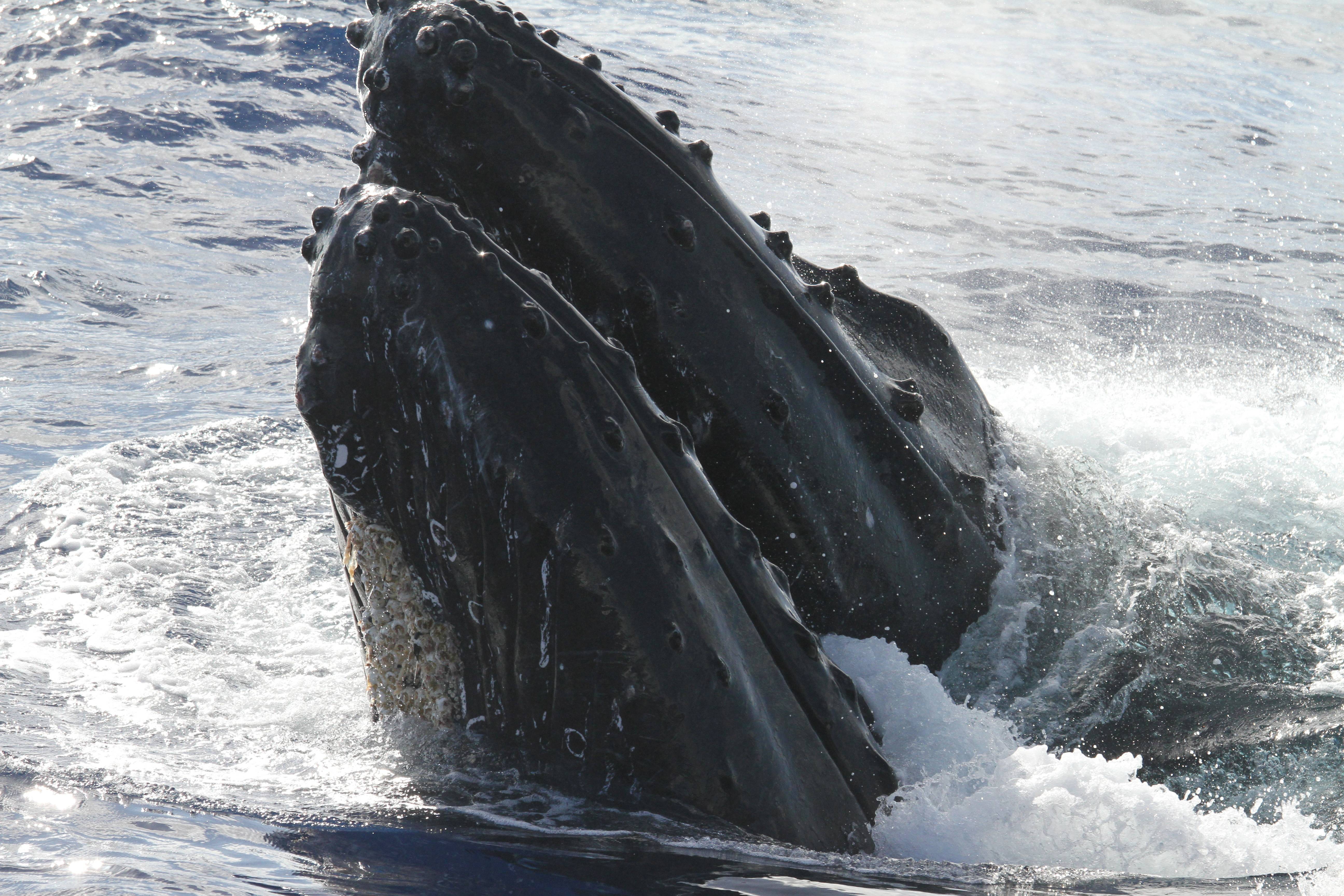
Even far from the cockpit of a survey plane, there’s plenty you can do to keep this momentum going. If you boat along the Southeast coast in winter, slow down, post a lookout, and report sightings to regional hotlines so scientists can verify and warn others. Support seafood suppliers and fishermen piloting on-demand gear and other whale-safe practices; early adopters need customers cheering them on. Follow local advisories when seasonal slow zones are announced, and share them with your coastal network. And if you’re a policy watcher, add your voice when shipping and fishing rules come up for public comment – those hearings shape the water our whales must navigate. Georgia’s record-setting bright spots only matter if we carry them forward into the next season’s hard choices.

Suhail Ahmed is a passionate digital professional and nature enthusiast with over 8 years of experience in content strategy, SEO, web development, and digital operations. Alongside his freelance journey, Suhail actively contributes to nature and wildlife platforms like Discover Wildlife, where he channels his curiosity for the planet into engaging, educational storytelling.
With a strong background in managing digital ecosystems — from ecommerce stores and WordPress websites to social media and automation — Suhail merges technical precision with creative insight. His content reflects a rare balance: SEO-friendly yet deeply human, data-informed yet emotionally resonant.
Driven by a love for discovery and storytelling, Suhail believes in using digital platforms to amplify causes that matter — especially those protecting Earth’s biodiversity and inspiring sustainable living. Whether he’s managing online projects or crafting wildlife content, his goal remains the same: to inform, inspire, and leave a positive digital footprint.

